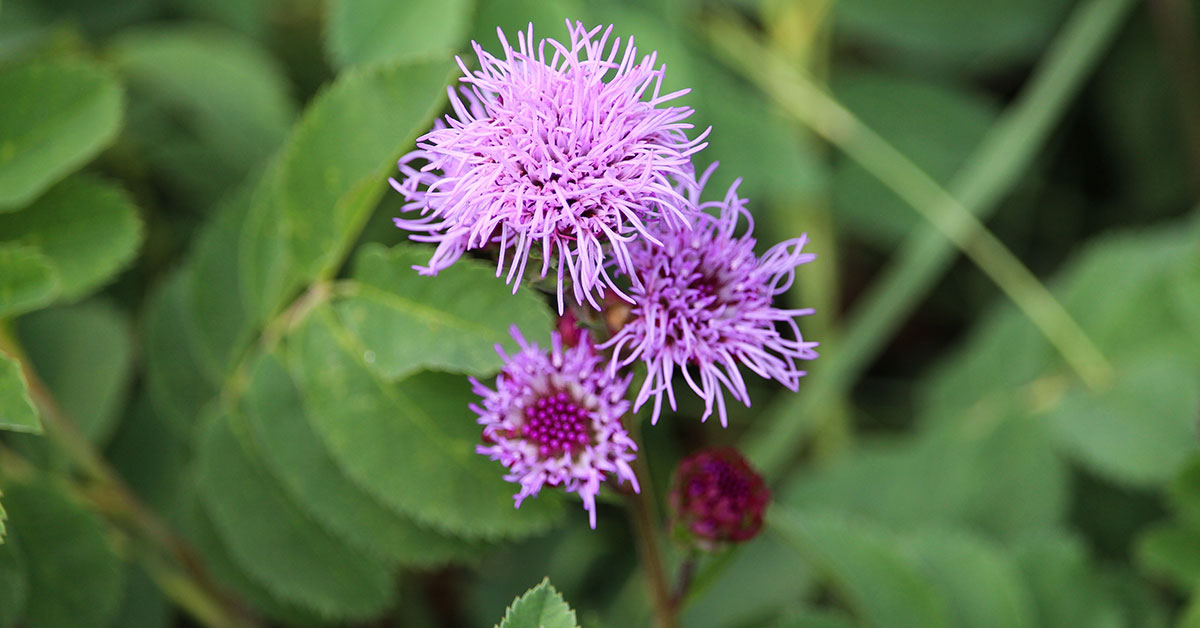The garden is a vibrant canvas, and among the strokes of color and texture, few plants are as intriguing as Liatris. These unique, tall perennials, also known as blazing stars or gayfeathers, captivate gardeners with their tall, spiky blooms and their resilience. This article dives deep into the world of Liatris, providing detailed information on their origin, appearance, as well as comprehensive guides on cultivation and propagation.
What is Liatris?
Liatris is a genus of flowering plants in the aster family (Asteraceae), comprising about 40 species. Originating from North America, Liatris species are herbaceous perennials celebrated for their long-lasting, unique blooms that add vertical interest to garden landscapes. They’re commonly used in borders, prairie gardens, and even as cut flowers.
What Does Liatris Look Like?
Liatris is instantly recognizable with its distinctive look. The plants feature long, upright stems, ranging from 1 to 5 feet tall, adorned with grass-like leaves. The true charm of this plant, however, lies in its striking, fluffy, bottle-brush flowers that bloom from top to bottom—a contrast to most plants that bloom from the bottom up.
Flowers can range in color from deep purple to pink, white, and occasionally even red. Blooming in late summer to fall, its colorful spikes stand tall and resilient, often remaining vibrant even under harsh weather conditions.
Native Habitat and Invasiveness
Liatris is native to North America, specifically the prairies, marsh regions, and woodlands of the eastern and central United States and Canada. They’re highly adapted to these regions, thriving in conditions that many plants would find challenging.
As for their invasiveness, Liatris is not generally considered an invasive species. They’re well-behaved perennials that form clumps and do not spread aggressively. In fact, Liatris is often used to restore native landscapes, given its low maintenance and high pollinator value.
How to Grow Liatris
Liatris is admired not only for its beauty but also for its ease of care. Here’s a guide to growing these resilient perennials:
Location: This flowerthrives in full sun but can tolerate some partial shade. However, for the best blooms and sturdy stems, a sunny spot is ideal.
Soil: They’re adaptable to a range of soil conditions but prefer well-drained soils. While it can tolerate poor, dry soils, they flourish in moderately fertile ground.
Watering: Once established, Liatris is fairly drought tolerant. Water regularly until the plant is established, then reduce watering, allowing the top inch of soil to dry between watering.
Fertilizing: Too much fertility can lead to floppy growth, so light feeding is usually sufficient. An application of balanced granular or liquid fertilizer in the spring should be adequate for the growing season.
Maintenance: Deadhead spent flowers to keep the plant looking tidy, but consider leaving some flower heads intact in the fall to provide food for birds.
How to Propagate
Liatris can be propagated from seeds or division.
Seeds: To grow from seeds, sow them indoors 8 to 10 weeks before the last frost date. Keep the seeded trays in a cool, bright location, maintaining even moisture. Transplant seedlings outdoors once the threat of frost has passed.
Division: Liatris can also be propagated through division, preferably in the spring. Dig up the clump, separate the corms (small, swollen plant stems), and replant them immediately at the same depth.
In conclusion, Liatris presents gardeners with a spectacular display of unique flowers and a toughness that makes it a winner in any garden. With the right location, modest care, and propagation techniques, you can easily fill your garden with the blazing beauty of Liatris for years to come.













